Watering your flower garden may seem like a simple task, but mastering the art of watering is essential for maintaining healthy, vibrant blooms throughout the growing season. Different types of flowers have varying water requirements, and understanding the specific needs of each plant is key to ensuring optimal growth, blooming, and overall health. In this guide, we’ll explore effective watering techniques for different types of flowers, from annuals to perennials, to help you keep your garden blooming beautifully all season long.
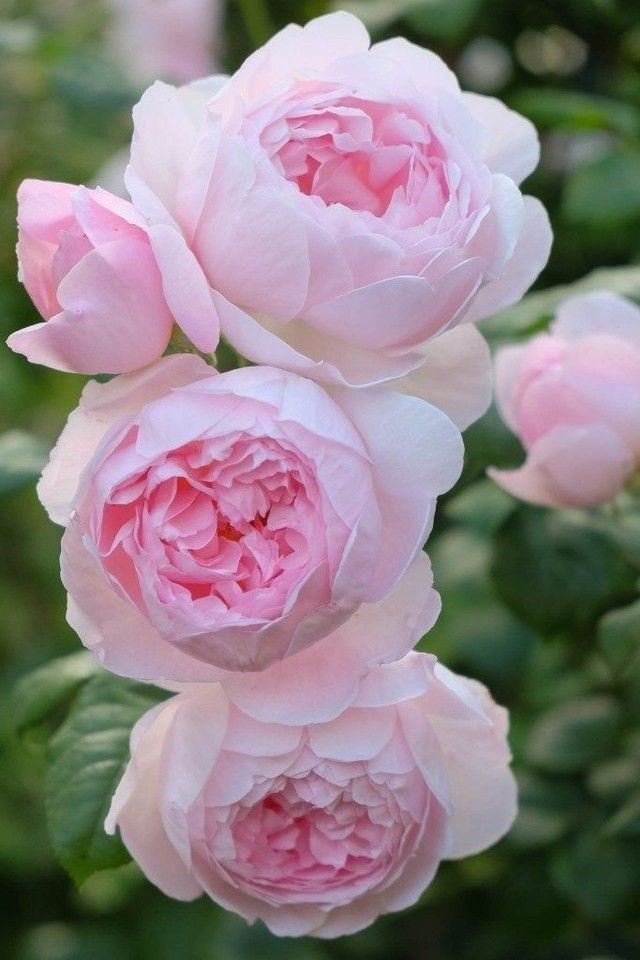
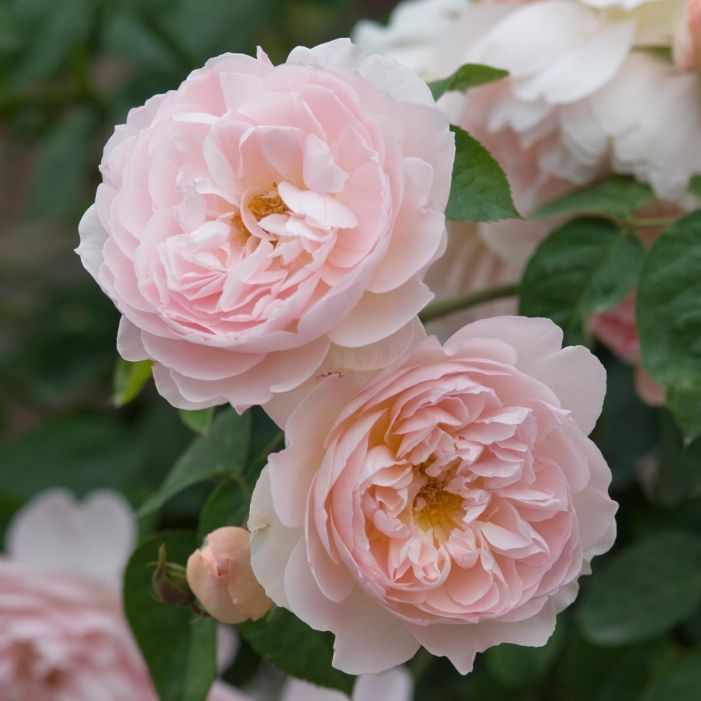

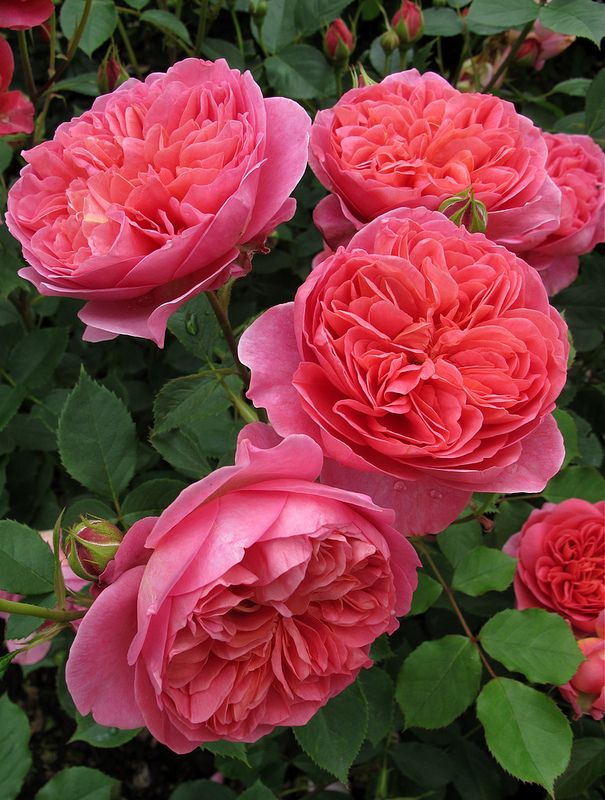

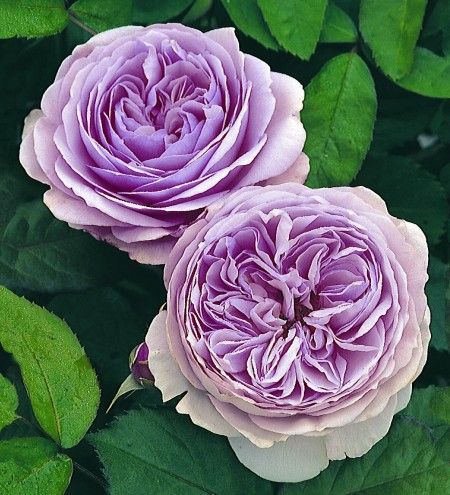
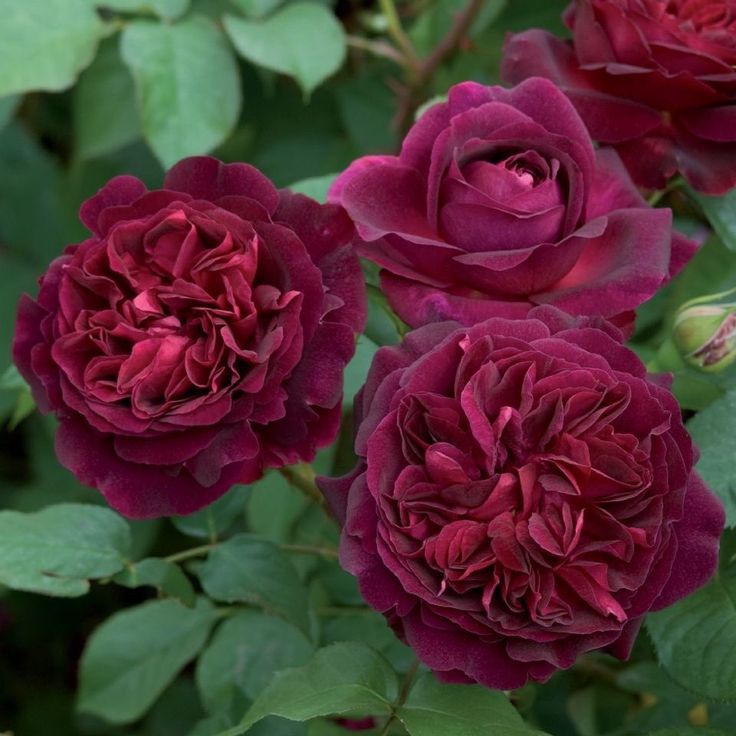
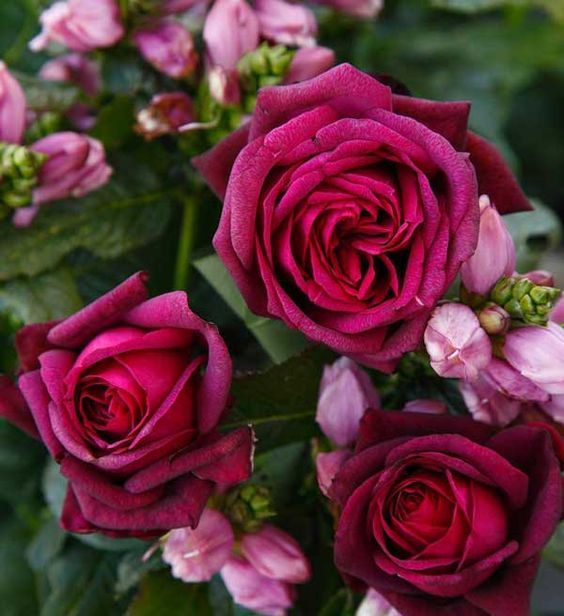

Understanding Flower Watering Needs
Before delving into watering techniques, it’s important to understand the water requirements of different types of flowers:
- Annuals: Annual flowers typically have shallow root systems and may require more frequent watering, especially during hot, dry weather. Water annuals deeply but infrequently to encourage deep root growth and drought tolerance.
- Perennials: Perennial flowers have deeper root systems than annuals and are generally more drought-tolerant once established. Water perennials deeply to promote strong root development and resilience against dry spells.
- Bulbs: Bulb flowers, such as tulips and daffodils, have unique watering needs depending on their growth stage. Water bulbs sparingly during dormancy and actively growing periods, and avoid overwatering to prevent bulb rot.
- Shrubs and Trees: Woody plants like shrubs and trees have deeper root systems and may require less frequent watering than annuals and perennials. Water shrubs and trees deeply but less frequently to encourage deep root growth and drought resistance.
Effective Watering Techniques
Follow these effective watering techniques to keep your flowers healthy and thriving:
- Water at the Root Zone: Direct water to the base of the plant, near the root zone, rather than overhead watering, which can lead to fungal diseases and water wastage. Use a watering can, drip irrigation system, or soaker hose to deliver water directly to the soil around the plants.
- Water Early in the Day: Water your flowers early in the morning to minimize water loss due to evaporation and reduce the risk of fungal diseases. Avoid watering in the heat of the day, as this can stress plants and lead to water loss through transpiration.
- Deep Watering: Water your flowers deeply to encourage deep root growth and drought tolerance. Allow the soil to dry out slightly between waterings to prevent waterlogged soil and root rot.
- Mulch: Apply a layer of organic mulch, such as wood chips or straw, around your flowers to conserve soil moisture, suppress weeds, and regulate soil temperature. Mulch also helps prevent water runoff and erosion, keeping moisture levels consistent in the root zone.
- Adjust Watering Frequency: Monitor soil moisture levels regularly and adjust your watering frequency based on weather conditions, soil type, and plant needs. Use a moisture meter or simply check soil moisture by inserting your finger into the soil to a depth of a few inches.
- Watering Newly Planted Flowers: Newly planted flowers require extra care and attention to establish strong root systems. Water newly planted flowers deeply immediately after planting, and continue to water regularly until they become established.
Conclusion
Mastering effective watering techniques is essential for maintaining healthy, vibrant flowers in your garden. By understanding the specific water requirements of different types of flowers and implementing appropriate watering techniques, you can ensure optimal growth, blooming, and overall health for your garden blooms. Whether you’re growing annuals, perennials, bulbs, or shrubs, following these watering tips will help you keep your flowers fresh, fabulous, and flourishing throughout the growing season. With a little time, attention, and care, you can enjoy a garden filled with beautiful blooms that bring joy and beauty to your outdoor space for years to come.